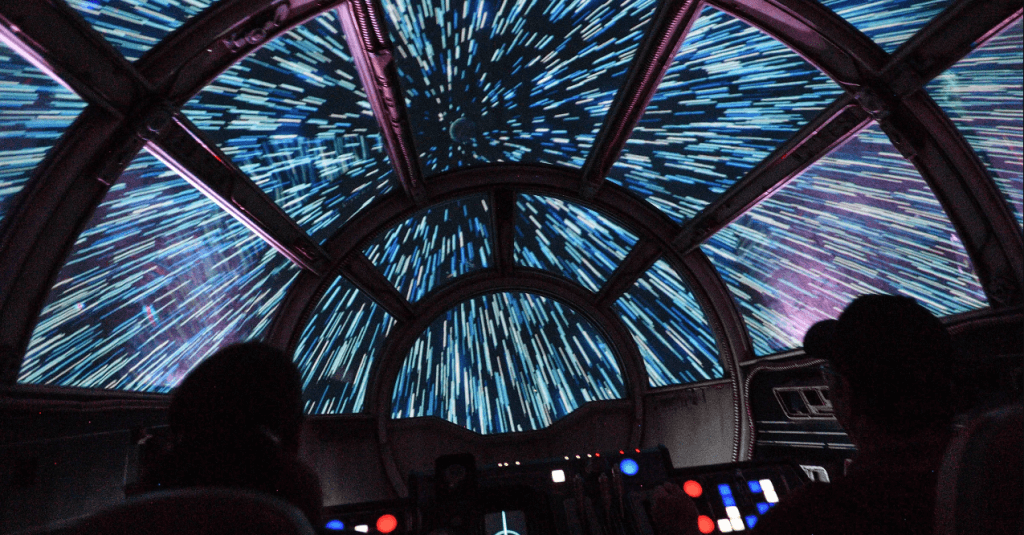A theoretical space that exists outside of the three dimensions of length, width, and height that humans are familiar with has been referred to as Hyperspace in science fiction. It is often portrayed as a realm in which the laws of physics are different from those of our reality, and where travel and communication can occur at faster-than-light speeds.

In physics, the concept of hyperspace is often associated with higher dimensions. Which means dimensions beyond the three spatial dimensions we are familiar with. According to some theories, there may be additional dimensions beyond the ones we can perceive. These could be used to explain some of the phenomena we observe in the universe, such as the nature of gravity and the behavior of subatomic particles.
The idea of hyperspace has also been explored in philosophy and spirituality. It is sometimes used to describe a state of consciousness or a higher level of being beyond our ordinary reality.
Origin of the Hyperspace concept
You may have already heard about the Theory of Relativity. Well, in 1905, Sir Albert Einstein introduced this theory. According to his theory, the speed of light is a constant and also it is the universal speed limit. Therefore, the theories suggesting a speed faster than the speed of light have been formulated ever since then.

Science fiction like Star Wars explores various forms of concepts of hyperspace. But the origin of the idea can be traced back to mathematics and theoretical physics.
In the late 19th century, mathematician Bernhard Riemann developed the concept of a multi-dimensional space, which he called a Manifold. This idea laid the groundwork for later developments in geometry and topology, which explored spaces with more than three dimensions.
In the early 20th century, the theory of relativity introduced the idea that space and time are intimately connected, and that the geometry of space-time is influenced by the presence of matter and energy. This led to the development of the concept of curved space-time, which could theoretically be manipulated to create shortcuts through space.

The idea of hyperspace, or a higher-dimensional space that is used to bypass the limitations of our three-dimensional universe, was popular in science fiction in the 20th century. Authors like H.G. Wells and Isaac Asimov wrote about hyperspace as a way to travel faster than the speed of light, while others, like Frank Herbert in his "Dune" series, used the concept to explore the idea of alternate dimensions and parallel universes.
Today, the concept of hyperspace is still used in science fiction. But it continues to be a subject of study and speculation in theoretical physics, where researchers are exploring the possibility of extra dimensions and ways to manipulate space-time for faster-than-light travel.
Hyperspace in Star Wars
Hyperspace is a key element of the Star Wars universe. It is used to explain how characters and spacecraft can move quickly and easily between different planets and star systems. It is also often used as a plot device to create dramatic tension and advance the story.

In order to enter hyperspace, ships use a device called a Hyperdrive, which creates a tunnel through the fabric of space-time. This tunnel, known as a Hyperspace Lane, is a well-traveled route through hyperspace that connects different planets and star systems. Navigating through hyperspace is a complex process. So it requires skilled pilots and advanced computers to calculate the safest and fastest route.
Visit the previous guide about what is bigger than the universe?
Author of Get Basic Idea – The Knowledge Base / Bachelor of Technology – BTech, Mechatronics, Robotics, and Automation Engineering.
